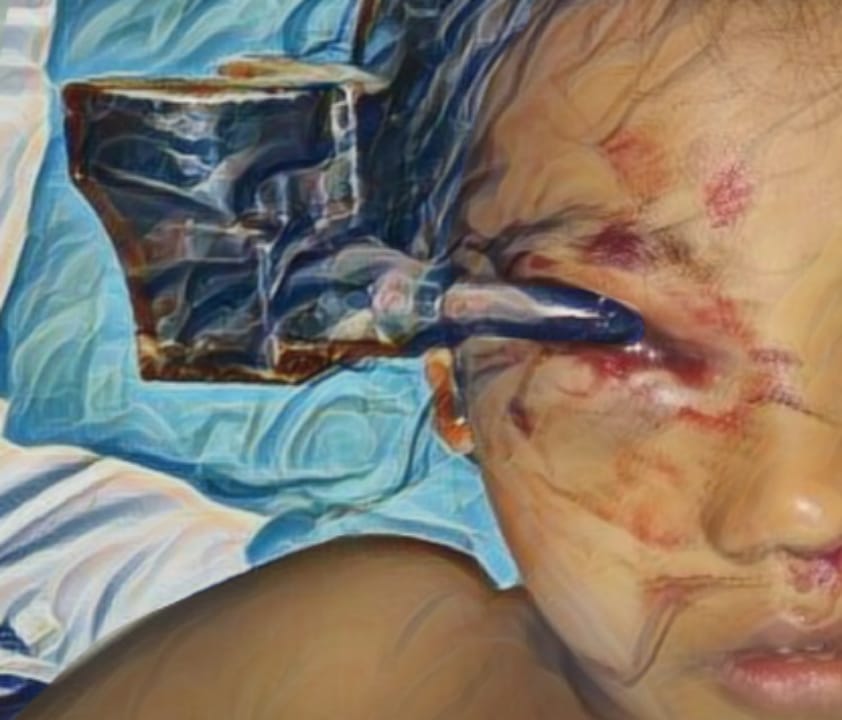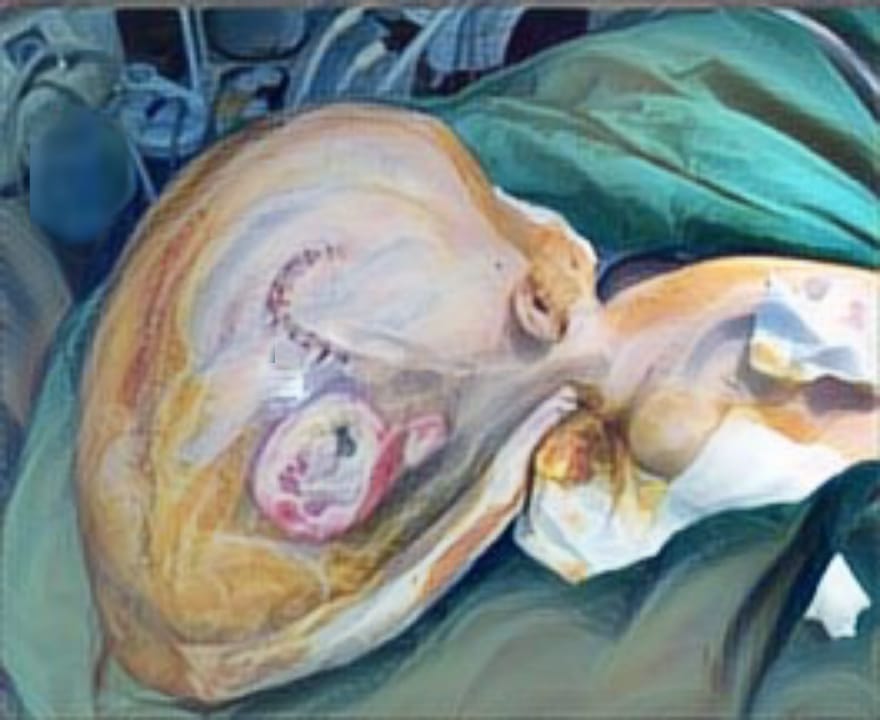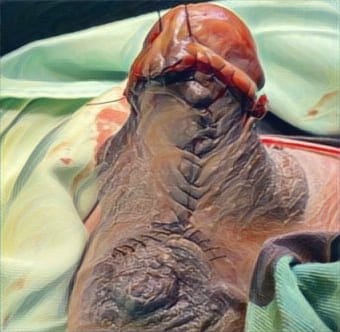MULTIPLE BURR HOLE AS AN ALTERNATIVE TREATMENT FOR LARGE SCALP DEFECT
Downloads
Highlights:
- The alternative treatment for large scalp defect can used multiple cranial burr holes.
- Multiple cranial burr holes is safe, swift and effective for the skull bone expose of the periosteum.
Abstract:
Introduction: Scalp defect with exposed bones is a serious injury that is often occurred after electrical burn injury. The coverage treatment may vary from local flap to free flap. Coverage becomes a major problem when flaps fails or is contraindicated and resulting in further morbidity. In this paper we report 1 patient with large scalp defect after electrical burn injury.
Case Illustration: We report 1 patient with large scalp defect after electrical burn, which treated in our department. Fourteen days after the electrical burn injury, surgical debridement was done by the plastic surgeon, and multiple burr holes were made by the neurosurgeon in the nonviable bone. The distance between each burr holes was 15 mm. The defect was keep moist with absorbent. The scalp defects were treated with soft tissue debridement every 3 days in the policlinics to keep the wound presented viable. To date, the wound already treated for 90 days.
Discussion: The granulation tissue appears in between the burr holes within 14 days. After the defect was covered with granulation tissues, a further closure such as skin graft application was necessary. No postoperative infection, osteomyelitis, or cranial bone sequestration was reported in this case.
Conclusions: Multiple cranial burr holes can be chosen as an alternative treatment for large scalp defect. These technique, allow the formation of a vascular bed suitable for skin grafting. This technique is safe, swift and effective for cases of extensive exposure for the skull bone expose of the periosteum following trauma.
Pitkanen JM, et al. Immediate coverage of exposed, denuded cranial bone with split-thickness skin grafts. Ann Plast Surg. 2000.45:118–121
Tamas C, et al. Surgical reconstruction in scalp defects. Clinics of Plastic and Reconstructive Surgery. 2005. 1(2); 83-86).
Lisa M. Earnest, Patrick J. Byrne. Scalp Reconstruction. Facial plastic surgery clinics of North America. 2005.13(2): 345-353.
Fan J, Yang P. Aesthetic reconstruction of burn alopecia by using expanded hairbearing scalp flaps. Aesthetic Plast Surg.1997. 21(6): 440-4.
Leedy JE, et al. Reconstruction of acquired scalp defects: an algorithmic approach. Plast Reconstr Surg. 2005. 116(4): 54e-72e.
Newman MI, et al. Scalp reconstruction: a 15- year experience. Ann Plast Surg. 2004. 52(5): 501-6.
Copyright (c) 2019 Priscilla Valentin N, Iswinarno Doso Saputro

This work is licensed under a Creative Commons Attribution-ShareAlike 4.0 International License.
JURNAL REKONSTRUKSI DAN ESTETIK by Unair is licensed under a Creative Commons Attribution-ShareAlike 4.0 International License.
- The journal allows the author to hold copyright of the article without restriction
- The journal allows the author(s) to retain publishing rights without restrictions.
- The legal formal aspect of journal publication accessbility refers to Creative Commons Attribution Share-Alike (CC BY-SA)




















